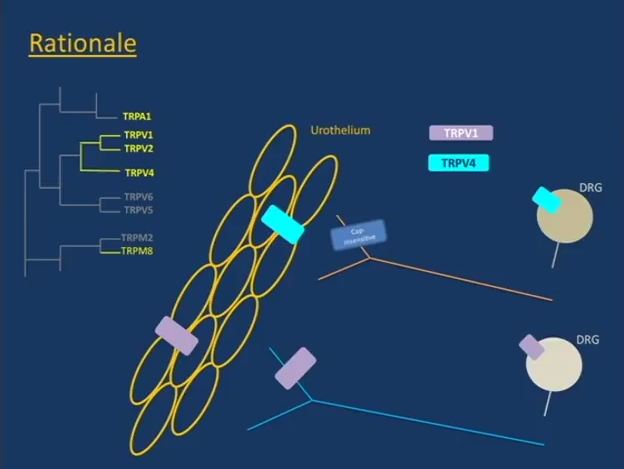
Video: Co-administration of TRPV4 and TRPV1 antagonists
Co-administration of transient receptor potential vanilloid 4 (TRPV4) and TRPV1 antagonists potentiate the effect of each drug in a rat model of cystitis
Ana Charrua†‡§, Célia D. Cruz‡§, Dick Jansen¶ , Boy Rozenberg¶ , John Heesakkers¶ and Francisco Cruz*†§
*Department of Urology, S. João Hospital, †Department of Renal, Urologic and Infectious Disease, ‡Department of Experimental Biology, Faculty of Medicine of the University of Porto, §IBMC – Instituto de Biologia Molecular…
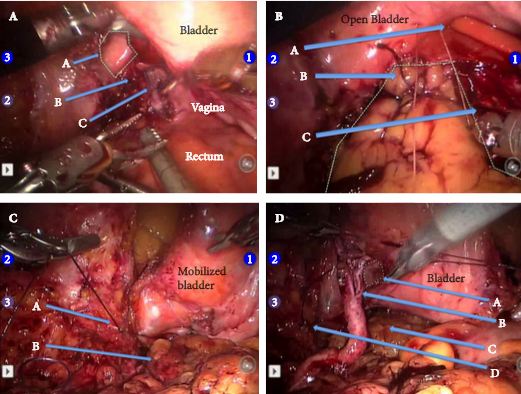
Article of the Week: Robotic management of GU injuries from obstetrical and gynecological operations
Every week the Editor-in-Chief selects the Article of the Week from the current issue of BJUI. The abstract is reproduced below and you can click on the button to read the full article, which is freely available to all readers for at least 30 days from the time of this post.
In addition to the article itself, there is an accompanying editorial written by a prominent member of the urological community. This blog is intended to provoke comment and discussion and we invite you to use the comment…

Editorial: The robot to the rescue!
Fortunately injuries to the urinary tract remain rare in obstetric and gynaecological surgery. Their potential for causing serious morbidity, not to mention the substantial medico-legal implications ensure that it remains a highly researched and evocative area [1].
Iatrogenic urinary tract injuries can be broadly divided into two groups; acute complications, such as bladder and ureteric lacerations or ligation and more chronic complications, such as vesicovaginal or ureterovaginal fistulae…

Article of the Week: The effect of hypogonadism and testosterone-enhancing therapy on AP and BMD
Every week the Editor-in-Chief selects the Article of the Week from the current issue of BJUI. The abstract is reproduced below and you can click on the button to read the full article, which is freely available to all readers for at least 30 days from the time of this post.
In addition to the article itself, there is an accompanying editorialwritten by a prominent member of the urological community. This blog is intended to provoke comment and discussion and we invite you to use the comment…

Editorial: On the Mark? Is AP a surrogate for BMD in hypogonadal men?
The current issue of the BJUI contains a paper by Dubaja et al. [1] that may be of interest to physicians who have patients with hypogonadism. The authors speak to an unappreciated aspect of low testosterone; namely, the loss of bone in men and the possible recovery with treatment. Their retrospective study looked at 140 men with hypogonadism treated with exogenous testosterone replacement or clomiphene citrate testosterone enhancement. These men were also assessed for bone mineral density (BMD)…
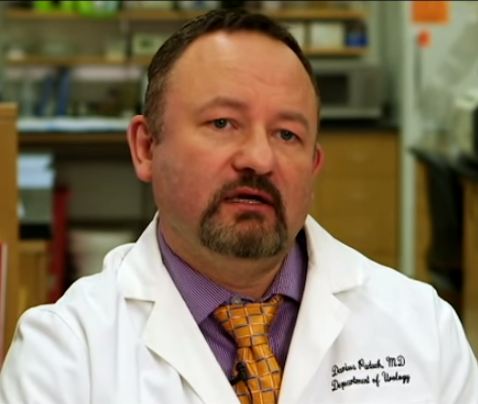
Video: Hypogonadism and testosterone-enhancing therapy on alkaline phosphatase and BMD
The effect of hypogonadism and testosterone-enhancing therapy on alkaline phosphatase and bone mineral density
Ali A. Dabaja, Campbell F. Bryson, Peter N. Schlegel and Darius A. Paduch
Department of Urology, Weill Cornell Medical College, New York, NY, USA
OBJECTIVE
To evaluate the relationship of testosterone-enhancing therapy on alkaline phosphatase (AP) in relation to bone mineral density (BMD) in hypogonadal men.
PATIENTS AND METHODS
Retrospective…

Article of the Month: Is there an anti-androgen withdrawal syndrome with enzalutamide?
Every week the Editor-in-Chief selects the Article of the Week from the current issue of BJUI. The abstract is reproduced below and you can click on the button to read the full article, which is freely available to all readers for at least 30 days from the time of this post.
In addition to the article itself, there is an accompanying editorial written by a prominent member of the urological community. This blog is intended to provoke comment and discussion and we invite you to use the comment…
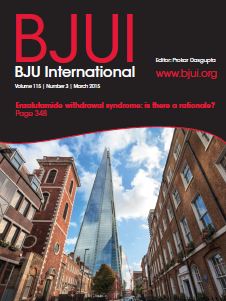
Editorial: Enzalutamide withdrawal syndrome: is there a rationale?
Enzalutamide is a second generation non-steroidal antiandrogen (AA), which significantly improved overall survival (OS) and progression-free survival (PFS) after docetaxel (AFFIRM study), and OS and radiographic PFS before chemotherapy (PREVAIL study) in patients with metastatic castration-resistant prostate cancer (mCRPC) [1].
Being a potent androgen receptor (AR) antagonist, an enzalutamide withdrawal syndrome (EWS) appeared unlikely [2,3]. In contrast with this position, and considering…
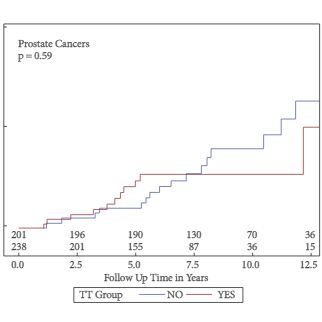
Article of the Week: Testosterone Therapy and Cancer Risk
Every week the Editor-in-Chief selects the Article of the Week from the current issue of BJUI. The abstract is reproduced below and you can click on the button to read the full article, which is freely available to all readers for at least 30 days from the time of this post.
In addition to the article itself, there is an accompanying editorial written by a prominent member of the urological community. This blog is intended to provoke comment and discussion and we invite you to use the comment…

Editorial: Malignant medication? Testosterone and cancer
Testosterone therapy (TTh) in men with hypogonadism is becoming more commonplace among urologists, endocrinologists and even primary practitioners. While the definition of hypogonadism remains a moving target, the literature reflects very clear benefits of TTh in appropriately selected patients. As with any drug, the adverse effect profile helps to dictate the risk:benefit ratio and, over the past several years, numerous, primarily retrospective, analyses have provided mixed insights into the impact…
